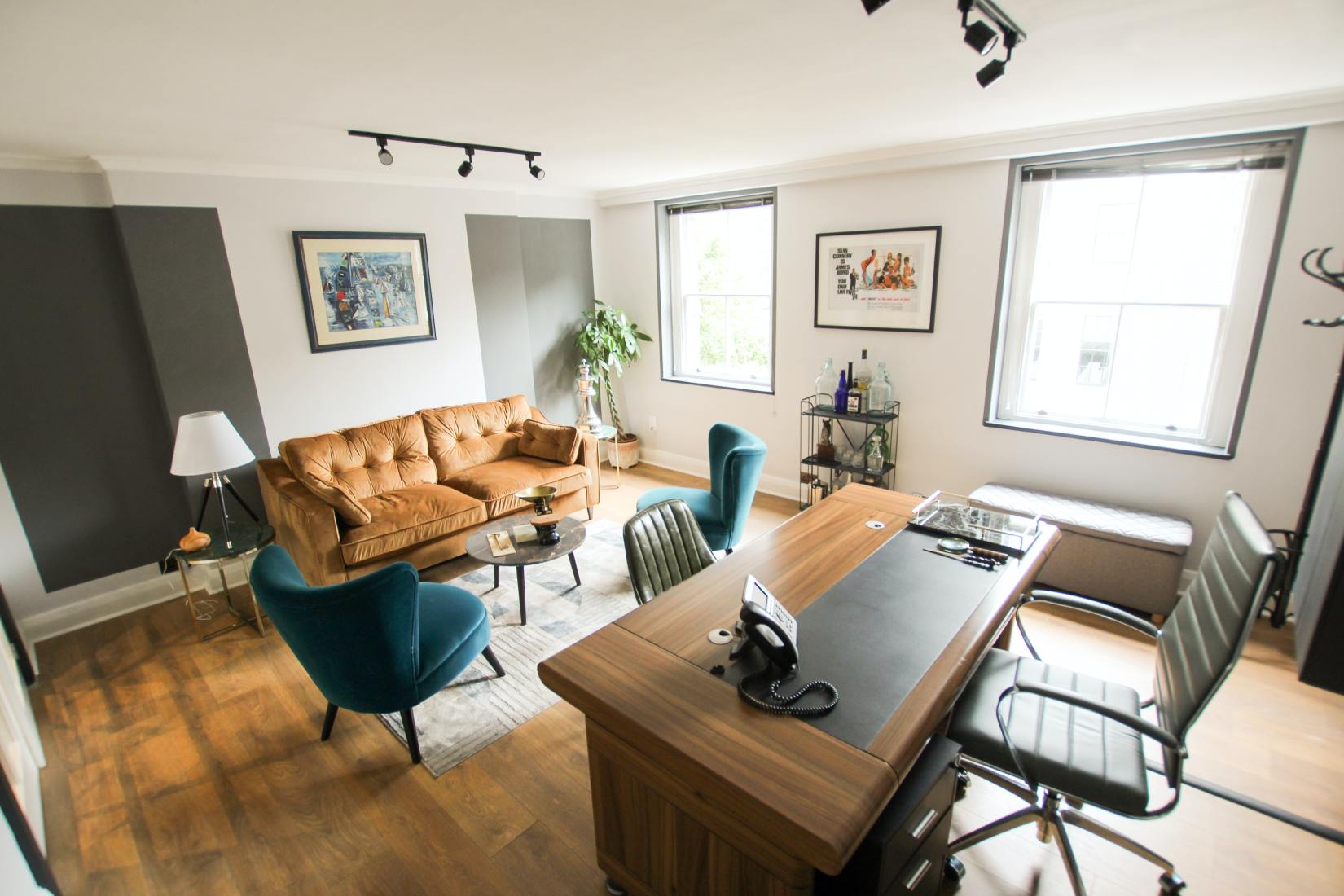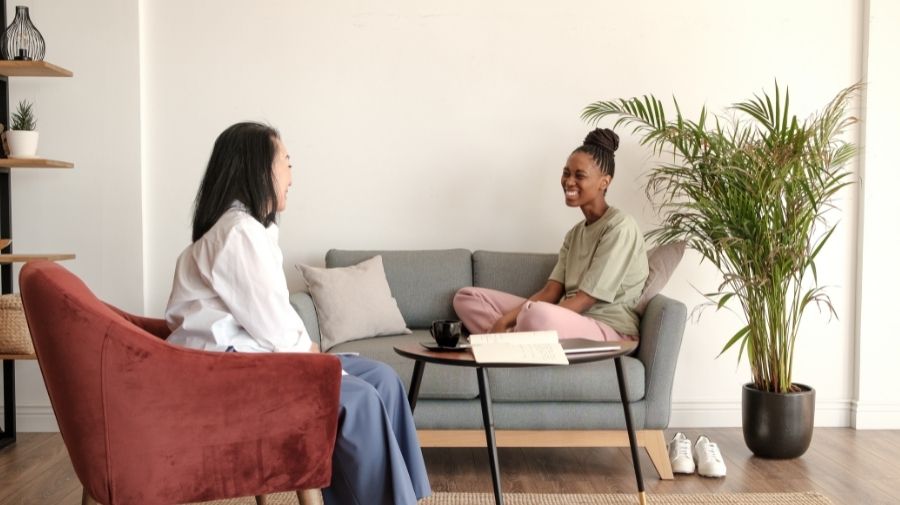Introduction
As a therapist, your office is not just a workspace; it’s a sanctuary for healing and personal growth. The right decor can significantly affect the therapeutic process, making clients feel comfortable and safe. In this article, we’ll explore how to decorate your therapist office thoughtfully, utilizing principles of design, personal experience, and professional insights to create a warm, inviting atmosphere.
Understanding the Importance of Office Decor for Therapists
The first impression is crucial in a therapeutic setting. An aesthetically pleasing and functional office can enhance client satisfaction and build trust. Research in environmental psychology suggests that the design of a space can influence mood and behavior, making it essential to create a space that is both welcoming and professional.
Key Elements of Therapist Office Design
1. Color Psychology
Color selection is fundamental in creating the right mood. Colors can evoke different emotions, so it’s important to choose wisely.
| Color | Emotion Evoked | Recommended Use |
|---|---|---|
| Blue | Calmness and Trust | Walls and Accents |
| Green | Balance and Harmony | Plants and Decor |
| Yellow | Optimism and Energy | Accent Pieces |
| Soft Neutrals | Peace and Comfort | Main Color Palette |
2. Furniture Selection
Choosing the right furniture is essential. Comfort should be prioritized, especially for seating. Here are some tips:
- Opt for ergonomic chairs that provide ample support.
- Consider a mix of seating options, including couches and armchairs.
- Choose tables that facilitate discussion but don’t dominate the space.
Pros and Cons of Different Types of Seating
| Type of Seating | Pros | Cons |
|---|---|---|
| Couches | Comfortable, inviting | Takes up more space |
| Armchairs | Individual focus, cozy | Less informal |
| Office Chairs | Professional, adjustable | Less comfortable |
3. Lighting
Lighting can significantly impact the feel of your office. Here’s how to get it right:
- Use natural light wherever possible to create a warm atmosphere.
- Incorporate soft lighting options such as lamps for a cozy feel.
- Avoid harsh fluorescent lights, which can create a clinical environment.

Creating a Welcoming Atmosphere
1. Personal Touches
Decorating with personal touches can make your office feel more inviting. Consider these ideas:
- Display artwork that resonates with you and your practice.
- Incorporate photos or mementos that reflect your personality.
- Choose meaningful quotes or affirmations for wall decor.
2. Incorporating Nature
Biophilic design—integrating nature into your space—has many benefits, including reduced stress and increased comfort. Here’s how to include nature:
- Add plants or succulents that require low maintenance.
- Use natural materials like wood for furniture and decor.
- Incorporate water features, like small fountains, if space allows.
Sound and Acoustics
Sound plays a critical role in creating a calming environment. Here are some tips to manage sound in your therapist office:
1. Soft Furnishings
Use rugs, curtains, and upholstered furniture to absorb sound.
2. Background Music
Soft, calming music can enhance relaxation and provide a soothing backdrop.

Functional Decor: Tips for a Professional Setting
1. Organizing Your Space
A cluttered space can lead to a distracted mind. Here are some organization tips:
- Designate specific areas for paperwork and client resources.
- Utilize storage solutions creatively to maintain a tidy appearance.
- Incorporate a comfortable and organized waiting area for clients.
2. Technology Integration
Incorporating technology seamlessly can improve functionality:
- Ensure Wi-Fi is robust for teletherapy sessions.
- Have charging stations for client devices.

Common Mistakes to Avoid When Decorating Your Therapist Office
1. Overcrowding the Space
It can be tempting to fill every corner with decor. Avoid overcrowding to maintain a calming atmosphere.
2. Ignoring Personal Style
Your office should reflect your personality and professional identity. Balancing personal style with professionalism is key.

Conclusion
Decorating your therapist office is an integral part of creating a welcoming environment where healing and growth can flourish. By thoughtfully considering color psychology, furniture selection, lighting, and personal touches, you can transform your space into a sanctuary for your clients. Remember, your office is not just a place for therapy; it’s a place for connection.
FAQs
1. What colors are best for a therapist office?
Soft neutrals, blues, and greens are recommended as they promote calmness and comfort.

2. How can I make my therapist office feel more welcoming?
Add personal touches like art and quotes, use comfortable furniture, and consider natural elements.
3. What types of plants are best for an office setting?
Low-maintenance plants like snake plants, pothos, and peace lilies are great options.

4. How important is lighting in a therapist’s office?
Lighting is crucial as it sets the mood. Natural light paired with soft lighting is ideal.
5. What functional decor items should I include?
Consider organizing systems for paperwork, comfortable seating, and technology integration.